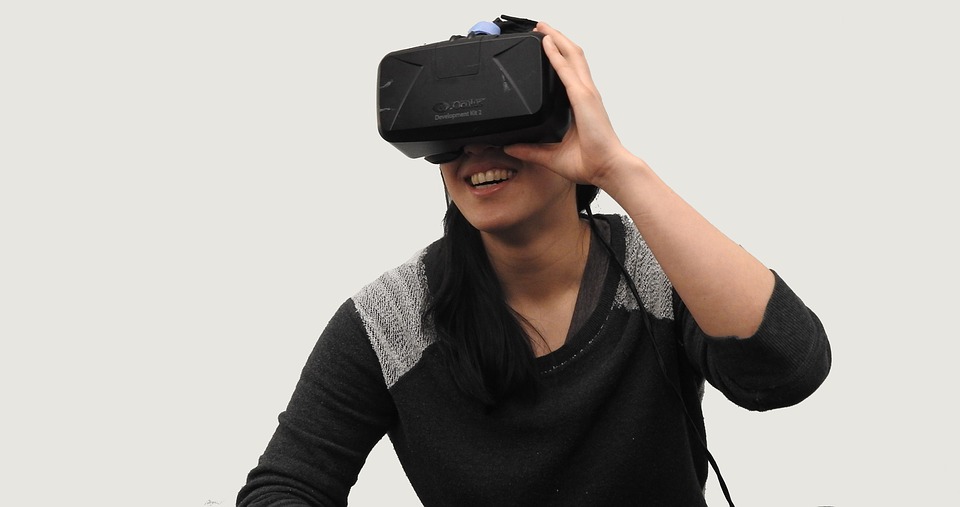3 Important Reasons to Use VR Technology in the Classroom
Today’s students can’t imagine their lives without the digital technology that gives them access to any information they need and makes their studies easier. They can save a lot of money on textbooks when reading e-books and get affordable qualified help with their written assignments when they struggle with their challenging coursework, taking advantage of ordering model papers on one of the educational portals like at https://thepaperwriting.com/coursework-writing.
But the learning landscape is constantly evolving and new innovative technologies are being introduced into the classrooms, among them the virtual reality. VR is also used in other different sectors such as health, military, and gaming and the VR market is expected to grow to about $16 billion industry by 2019.

Here are the key reasons why educators should consider integrating VR into the classroom.
VR makes learning fun
VR creates fantastic experiences that students can never live in the real life and makes the process of learning exciting. It can be a great alternative that teachers can use instead of traditional teaching methods that many students find rather boring. With VR, teachers can easily engage their students during lessons even if the topics are not very interesting. Besides, many children like the idea of being allowed to use their smartphones in class.
Students are more motivated to learn because it doesn’t feel like hard work and they enjoy the process. It can be used for teaching complex subjects like art history or philosophy and provide students with in-depth knowledge, introducing a different perspective. It’s important that VR allows students to learn at their own pace and helps them solve learning challenges.
VR technology breaks time and spatial limitations
VR can be used to construct natural or historic sites and spatial and architectural renderings. With VR, students can go on virtual field trips that can become exciting adventures. During these trips, students are immersed in a specific virtual environment that was designed to give them educational value. Teachers play the roles of tour guides and deliver useful information to their students when they observe scientific virtual environments or historical places of interest.
Besides, VR tools can be used to allow students collaborate and construct architectural models. Teachers take advantage of VR technology to engage students in different topics related to economics, history, and literature and offer a deeply immersive sense of historical time and place. VR allows students to get access to global libraries of useful information. Students can learn from different races, countries, and nationalities and there are no language barriers that can be very serious problems when it comes to education because any language can be built-in the VR software.
VR fosters social relationships
VR tools are interactive and they encourage collaboration and socialization. VR has integrated avatars and multi-player sessions which make this innovative platform highly social. Teachers use VR technology to motivate and engage students during lessons by deep immersion to evolving and historic models of imaging.
The VR learning environment is constantly evolving and it can bring enormous benefits when used in the classrooms.

